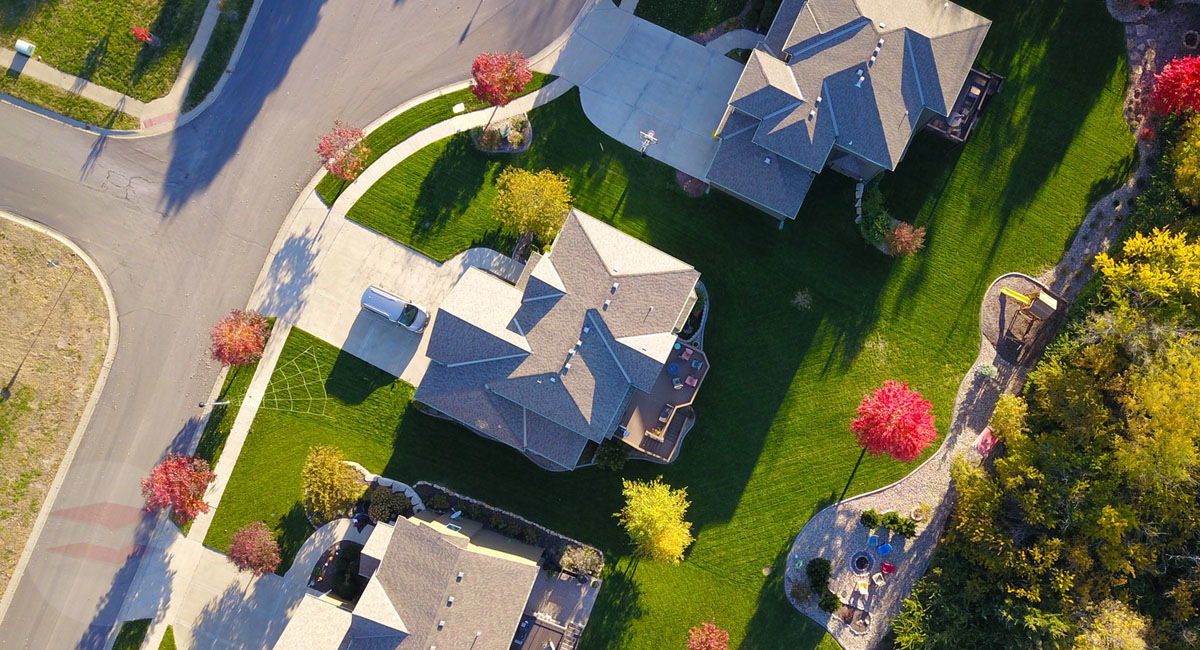
How to calculate capital gains on the sale of an income property
Capital gains sales carry tax implications, and the calculation be tricky if you’ve used your home as both a primary residence and a rental property. The catch to exclude the time it was your home from your capital gains calculation is that there’s paperwork involved. Typically, you need to document the original cost, as well as the current sale price, of the house. The difference between these would be the capital gains if the asset, the house, has appreciated. Since it was also your primary residence, you can deduct this and this will help you determine if, or how much of the house sale can be excluded from capital gains tax.
Key Takeaways:
- To calculate the capital gains, you will need three things: the original cost of your house when you purchased it, the fair market value (FMV) of your house when you started renting it, and the selling price of the house.
- Because your principal residence is exempt from capital gains tax, you will need to determine the fair market value when it changed from being your residence to an income property.
- In this case the calculation is: Taxable capital gain = Capital gain – Principal residence exemption
“The tricky part of this exercise is determining the 2016 Fair Market Value (FMV) of your house. You could look at what similar houses were selling for in your neighbourhood, or look at the yearly assessed value for property taxes.”
